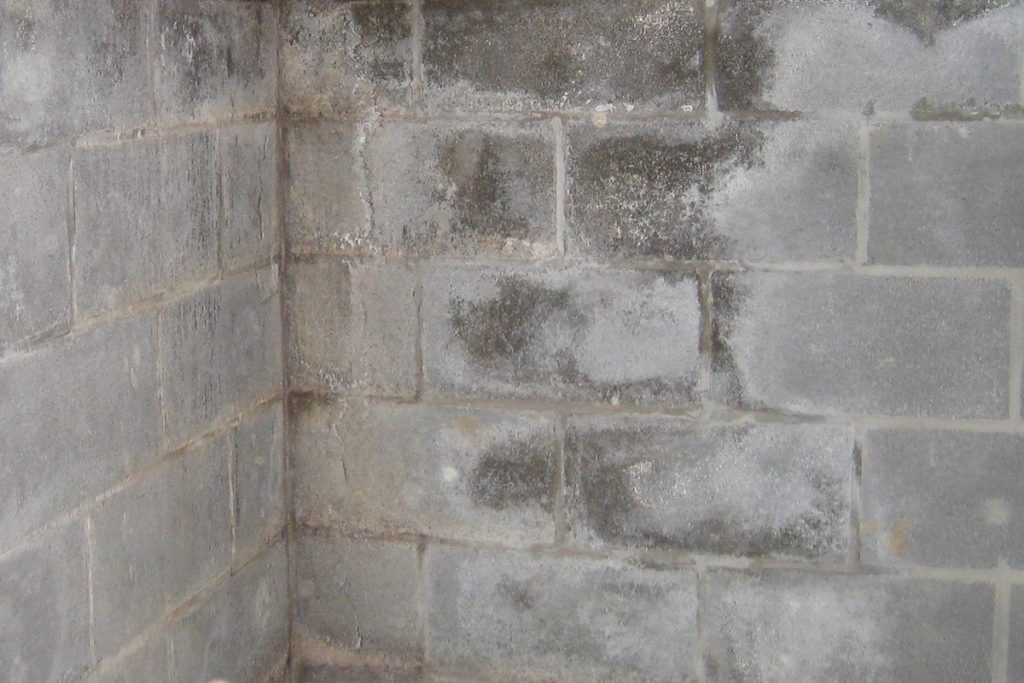Why you should read this article:
In this article we detail virtually every cause of a damp basement allowing you to take the right action to resolve the problem that you are experiencing. Understanding what is taking place in your basement could literally save you thousands of dollars by giving you the knowledge needed to avoid undertaking basement waterproofing work that is inappropriate or excessive given your particular circumstances.
Sources of moisture resulting in a damp basement
Moisture in a basement falls into two categories as follows:
- Liquid water; and
- Water vapour.
Each category of moisture can be broken down into subcategories of sources as follows:
- Liquid water (rain, melting snow, overflowing drainage ditches, etc)
- Surface water; and
- Underground water.
- Water vapour (steam, evaporation, condensation, etc)
- Moisture in the ambient air;
Where basement moisture comes from:
In order to determine how to deal with a damp basement the most important information you can have is the cause(s) of the moisture. It is not unrealistic to have more than one source of moisture in any basement since some of these moisture sources, which result in basement dampness, contribute to high moisture levels in virtually every basement.
Below is a list of the most common sources of basement dampness:
- Surface run-off due to incorrect landscaping / grading;
- Overflowing eavestroughs congested with debris;
- Downspouts discharging large amounts of water next to the foundation;
- Poor drainage at the footing due to contaminated or broken weeping tile / footing drainage systems;
- Window wells having inadequate, poor, or no drainage;
- Significant soil saturation due to high rainfalls or the rapid melt of snow;
- The absence of a footing drainage / weeping tile system;
- A high water table due to the location of the home and/or a rapid rise in the water table attributed to heavy rains and rapidly melting snow;
- Poor drainage of the backfill next to the exterior foundation walls;
- High humidity outside air used to ventilate the basement during the summer;
- The absence or incorrect installation of vapour barriers on the basement walls and beneath the basement floor;
- Internal sources of humidity such as cooking without proper ventilation, dryer ventilation into the basement, drying of clothing in the basement, and the normal drying of construction materials in new homes;
- Plumbing leaks;
- Chimney leaks;
- Roofing leaks;
- Door and window leaks;
- Water leaking from the top of the foundation wall;
- Evaporation of standing water in sump pits (basins), and moisture in exposed soils in crawlspaces; and
- The diffusion of water vapour through the walls of the foundation as well as the concrete basement floor.
Problems and symptoms of excessive moisture in a basement
The sources of basement dampness that we listed above will result in problems and exhibit symptoms to a greater or lesser extent. The most likely problems and symptoms a homeowner will encounter are as follows:
- Water leaking through the basement wall(s);
- Water penetration of the building envelope above grade;
- Water stains and efflorescence on the floor slab;
- The saturation of the base of concrete block and poured concrete foundation walls;
- General dampness / high humidity felt when entering the basement;
- The presence of condensation on foundation walls and basement windows;
- Puddles of water on the basement floor;
- Discoloration of the sill plate, floor joists, and plywood underlay due to the rot and or decay of the wood;
- Visible water pooling in the insulation blanket(s);
- Odour;
- Mold (mould) and mildew on surfaces such as drywall (even on concrete);
- Damp and/or wet carpetting;
- Swelling of laminate flooring;
- Buckling of hardwood flooring;
- Discoloration of the grout between floor tiles;
- Peel and stick tiles lifting or no longer adhering to the floor;
- Discoloured baseboards (usually a yellowish colour);
- Rotten panelling (at the bottom);
- Wooden furniture is swollen or rotting at the bottom;
- Efflorescence; and
- Spalling (flaking / chipping) of the base of the foundation wall on the interior.
If you like this information you should visit our page containing images of what you will likely see in your basement.
If you have no idea as to why your basement is damp or why there is visible moisture, contact us.
If you know that your basement is leaking, check out our table of waterproofing methods for the most common sources of basement leaks.
